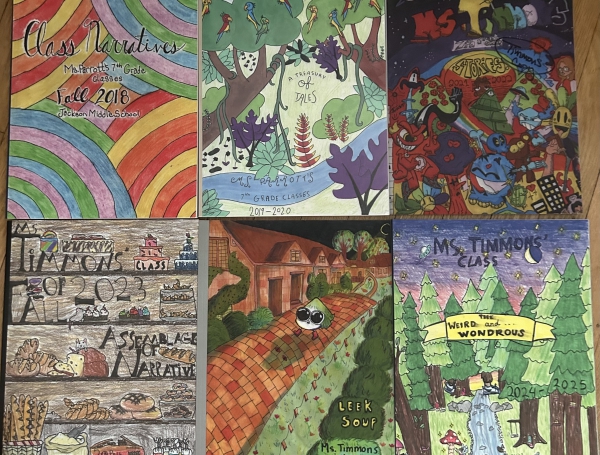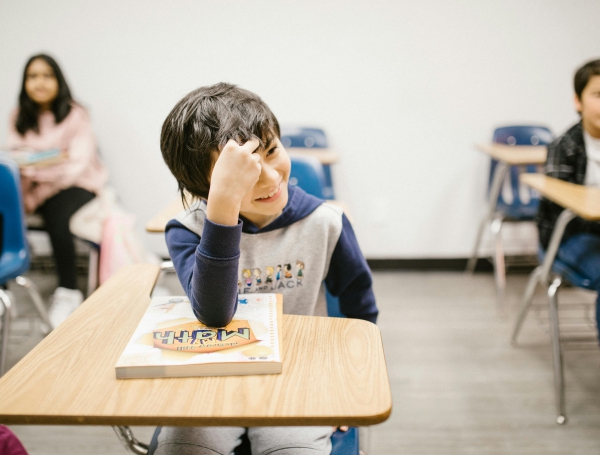

Project-Based Learning - PBL
October 20, 2020
Project-Based Learning (PBL). Getting the most out of your students, and students giving with passion the best they have to offer.
It was supposed to be a really hard year. This was, after all, that class of students.
That class that derailed every conversation - they just had too many opinions.
That class that supposedly had terrible academic habits - they just wanted to talk with one another.
That class that former teachers couldn’t help but complain about - couldn’t these students just follow the program?
I knew that this information was not helpful to me as their future teacher. Priming a teacher’s pump with low expectations is a great way to create a self-fulfilling prophecy. However, if five years in student management taught me anything, it is that all students deserve a fresh start, not just year-to-year, but day-to-day. I tuned these voices out and chose to focus on what I can control - my pedagogy, my classroom environment, my relationship-building. And luckily, I also had a not-so-secret teaching approach up my sleeve. An approach so perfect for this group that I knew I was in for an amazing year.
That approach? It’s called Project-Based Learning (PBL).
See, what I heard about this group of students was that they were very opinionated; they loved to collaborate (i.e., talk to one another), and they were independent thinkers. This group of students would - like most students - thrive when given a chance to innovate, speak up and be heard on important social issues, meaningfully collaborate, and make a difference in the world.
This was a group of students that was made for PBL.

Yes, that class of students, 100% of them, turned in their final projects because it mattered. They had a real-world audience. They were intellectually and emotionally invested in ending modern-day slavery. This project mattered, and that class showed up ready to do the work. Project-Based Learning worked for this group - and it can work for other educators too.
So what is ‘Project-Based Learning,’ and why is it such an exciting way to teach?
According to PBLWorks.org, “Project-Based Learning is a teaching method in which students gain knowledge and skills by working for an extended period of time to investigate and respond to an authentic, engaging, and complex question, problem, or challenge.” PBL is a collaborative, student-driven, authentic, and real world. PBL in the social studies setting allows students to deeply engage in social issues. As students connect the past to the present, they develop research-backed opinions on important social issues and communicate their learning by creating final projects for a stakeholder of their choosing.
Prior to our final unit on modern-day slavery, our PBL units included immigration and Constitutional issues. Students collaboratively researched and created projects around such topics as refugee restrictions, border security, DACA, gun control, search and seizure, student free speech, and other pressing topics. They then became part of the national conversation when they communicated their research-informed opinions to our local and national level representatives. Students received emails and letters back from numerous elected officials - always a highlight for these future voters!
In the end, PBL helped me connect with a group of students who - despite their reputation - demanded that school be collaborative and authentic to work for them.
And you know what? I just had my best year of teaching ever, all thanks to that group of students.
This guest article was written by Brad Cole while taking the online continuing education course, Beyond Divisiveness: Teaching Students to Respectfully Discuss Critical Social Issues, by THI instructor Stacey Shaw.




